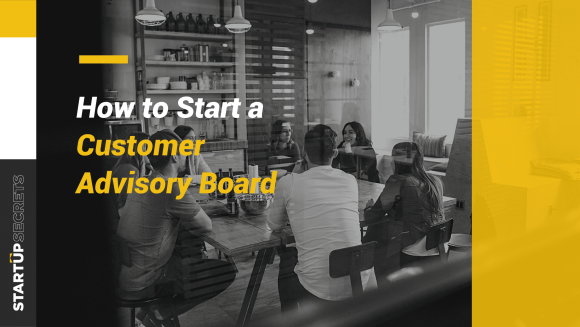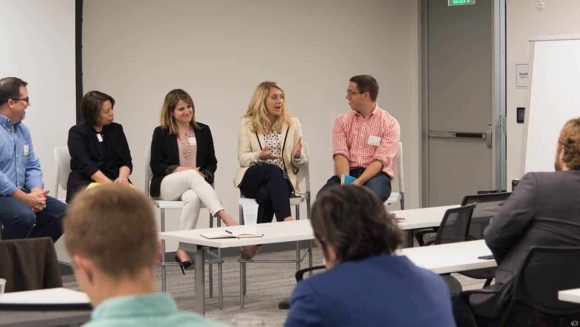Thinking of investing in new tech for your customer success team? Here are four specific questions customer success leaders advise you ask before investing in any platform or tool.
With so many customer success technology tools and platforms available — many customer success leaders are struggling with what to invest in. That’s why when a group of us connected at Underscore VC’s Core Summit, we pooled our 60+ years of experience to lock down the four key questions we now asked ourselves before investing one dollar in tech.
1. Do I know my core values as it relates to investing in new tech?
Before you start googling or reaching out to your network, it’s important to ask yourself what do you value the most out of a tool. Is it simplicity? Quick time to value? Flexibility? Automation? Customization? What are the trade-offs of placing importance on these values and how do they impact your buying process?
For example, let’s say you decide that simplicity and velocity are at a premium. That means you’re likely looking at a best-in-breed tool vs. all-in-one platform. If that’s the case, you’ll want to ask yourself what data you’ll need to pass to and from the new tool and where it sits in the customer success workflow.
2. Have I identified the root problem I’m trying to solve?
Another way to ask yourself this question is “Why am I looking for a new tool?” You are likely attempting to solve a number of problems, but it’s critical to narrow them down to a list of must-haves and nice-to-haves.
For instance, let’s say you need renewal predictions to be more accurate. Predictions are difficult because you can’t get a solid read on customer loyalty. You’re unable to get a solid read because you’re not sure why some customers are successful while others are not. You’d really like to find a platform that allows you to capture metrics and activities that equal success and use that data to predict loyalty. So, you begin to think about current success markers and ask your peers if they’ve found a tool that can help you do just that. You also mention that it would be nice if that tool could also generate reports for your quarterly board meetings. That’s a quick example of must-have vs nice-to-have.
3. Is my investment going to make the customer experience better?
Now that you’ve outlined your values and the problem your new customer success tool must solve, it’s critical to evaluate the impact of the tool on the customer journey and not just the functionality needs of the team. You might think that by improving the lives of your team members, you’ll automatically improve the lives of your customers. That’s true, but you can do more. Most of every dollar spent on your team should translate into a dollar spent improving the customer experience. It’s important to run your spends through that filter.
Take the previous example: improving renewal predictions by tracking the metrics and activities that increase customer loyalty. Understanding what users are (and aren’t) doing to move the loyalty needle allows your team to improve customer connects and enhance the platform in ways that encourage those activities.
4. Do I have the buy-in of my team, my peers, and an owner to drive adoption?
Some tech takes time and resources only to never see the light of day. In many cases, it’s because the people we need to help with implementation were never a part of the evaluation process. It’s important that every person you need to onboard and interact with the tool is involved in the buying process in a meaningful way.
For your team, that means giving them the opportunity to share their feature requirements and even access a tech sandbox if possible. It’s also great to have them chat with another customer that uses the platform to share inside tips and takeaways.
For your peers, that could mean involving sales, product, and engineering leaders to see if the platform could flex for any of their needs. It also means getting them excited about the offering and its value, since in many cases they will be involved in integrations.
Lastly, but likely most importantly, appoint someone on your team that can drive implementation and adoption. Ask them to be a part of the buying process and give them the autonomy to inspire their peers to leverage the tool to solve the root problem you’ve identified.
If your answer to any of the above four questions is no — we suggest you pause. We promise that spending more time on the pre-evaluation process will pay dividends. If you get stuck, please let us know. We’re happy to expand more on any of the above points!
Sonciary Honnoll is Co-Founder of Quala, a technology platform making it ridiculously simple for customer success teams to uncover what defines their most loyal customers. Learn more at quala.io or connect with Sonciary on customer success/experience, founder dynamics, and leadership at sonciary@quala.io.
– – – – – – – – – – – – – – – – – – – –
A big thank you to Kate Zartarian, Director of Client Success at Harvard Business Publishing, Ross Lerner, Co-Founder of OnRamp, Jay Wilson, Senior Manager of Customer Success at Buildium, Bryce Cote, VP Customer Success at LogMeIn, Jeannie Finks, Strategic and Technical Operations Director at Acquia, Rachel Senker, Director Of Implementation at InsightSquared, and Stephanie Hendricks, VP of Operations and Customer Success at Voltu for contributing to this article. It was a group effort resulting from the Underscore VC Core Summit!






